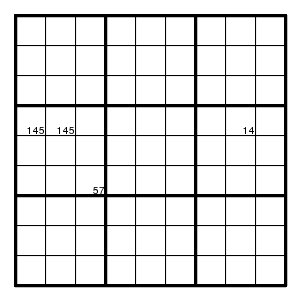
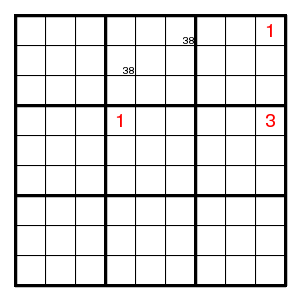
Terminology The forcing chains described above are called 'simple bivalue xy-chains'.
For example, the cycle 13-31-13-38-83-31 starting and ending in the yellow square, forces the digits in red:


Use of the cycle 83-31-15-58-83-38:

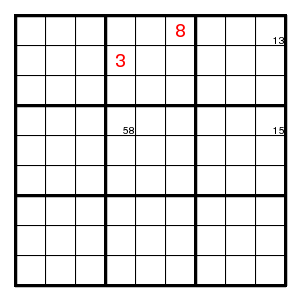
Use of the cycle 26-68-86-65-56-62:
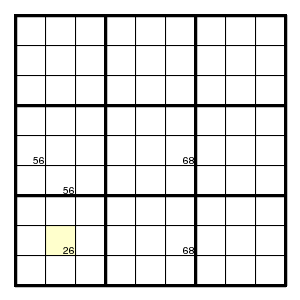
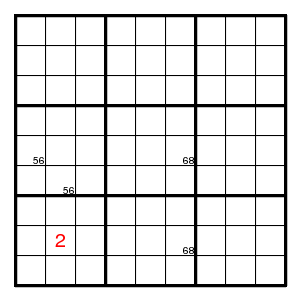
A more general way of getting a contradiction, is with a position that is both first and last element of the chain and may have more than two possible values. A chain of the form Xa-ab-bc-...-za-aX proves that the first element is not a.

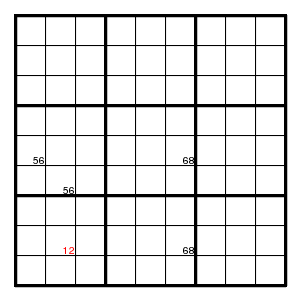
A rather common version is the short chain Xa-ab-bc-cd-dX. For example,
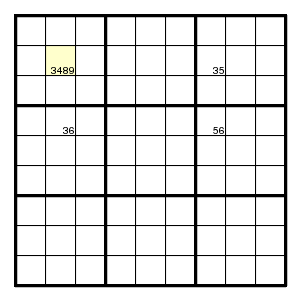
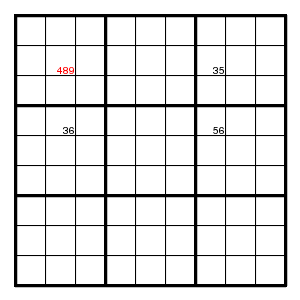
Terminology This last argument is known as 'XY-wing'.
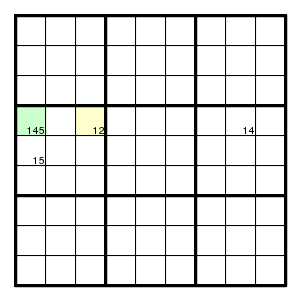
The yellow square cannot be 1, hence must be 2.
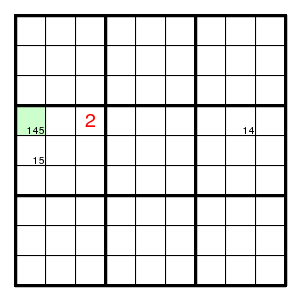
This can be described as a set of forcing chains *5-51-12 and *4-41-12 and *1-12 all starting in the green square. Since the green square has value 1 or 4 or 5, the yellow square is forced to be 2 in all cases.
Of course it doesn't play a role that the yellow square had only two possible values. The argument just shows that it cannot be 1.
Terminology This argument is known as 'XYZ-wing'.
Here a somewhat similar situation:
